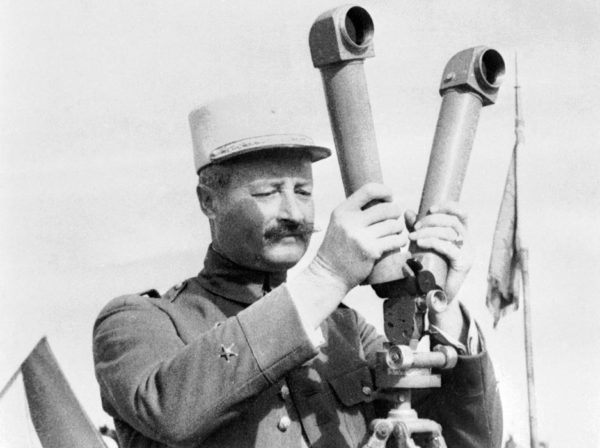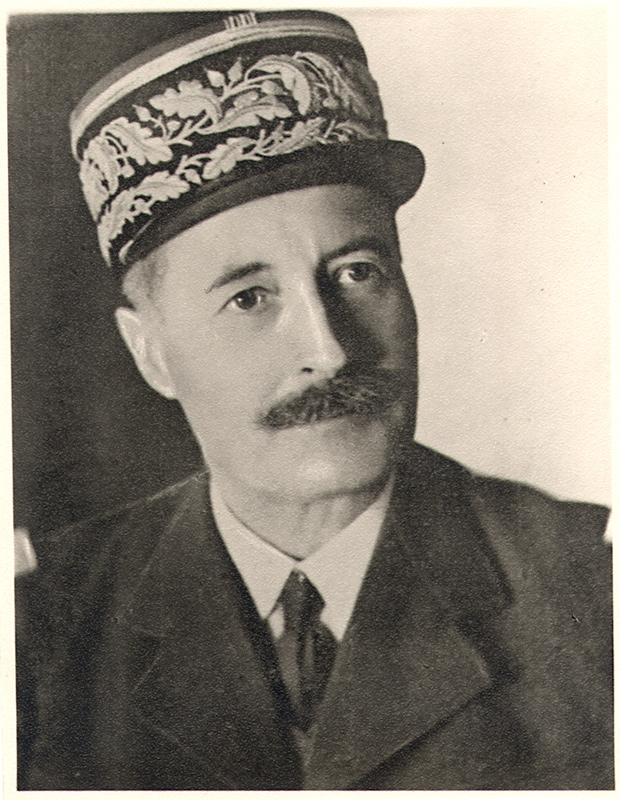Henri Giraud, a French officer, escaped from German custody twice
Henri Giraud, a career commander in the French Army, was severely wounded while leading a detachment of Zouaves in a bayonet charge in the first month of World War I. When the French departed the battlefield, they left their captain behind, presumed dead. He was seized by the Germans, who then had his injuries repaired and transferred him to Belgium as a prisoner of war. After spending months in detention, he broke free, concealed by posing as a traveling circus, and with Edith Cavell's help, he was able to journey back to France via the Netherlands. The Germans later executed Cavell by firing squad for assisting Allied POWs in escaping.
Giraud remained a member of the French Army throughout the duration of the conflict and the years following it. He was the 7th Army's commander and a general during the start of World War II. On May 19, 1940, Giraud was captured by the Germans and imprisoned in maximum security at Konigstein Castle for the next two years as he meticulously planned and arranged his escape. He utilized code to communicate his ideas to his family, who then set up contacts within the Resistance to assist him. He shaved his distinguishing mustache, constructed a homemade rope, and secretly obtained a map of the area, all of which changed the way he looked.
Giraud utilized his rope to scale the mountainside where his prison was housed on April 17, 1942, and make his getaway. He got in touch with the Resistance, who helped him acquire the documents and disguise he needed to travel by rail to the Swiss border. There, he crossed on foot to elude the Gestapo border patrols who were on the hunt for him. Following his surrender to the Swiss, Heinrich Himmler attempted to murder him when he returned to Vichy France. In each of the two World Wars, Giraud managed to flee from the Germans, displaying great bravery and daring.
Born: Henri Honoré Giraud, 18 January 1879 Paris, France
Died: 11 March 1949 (aged 70)Dijon, France












